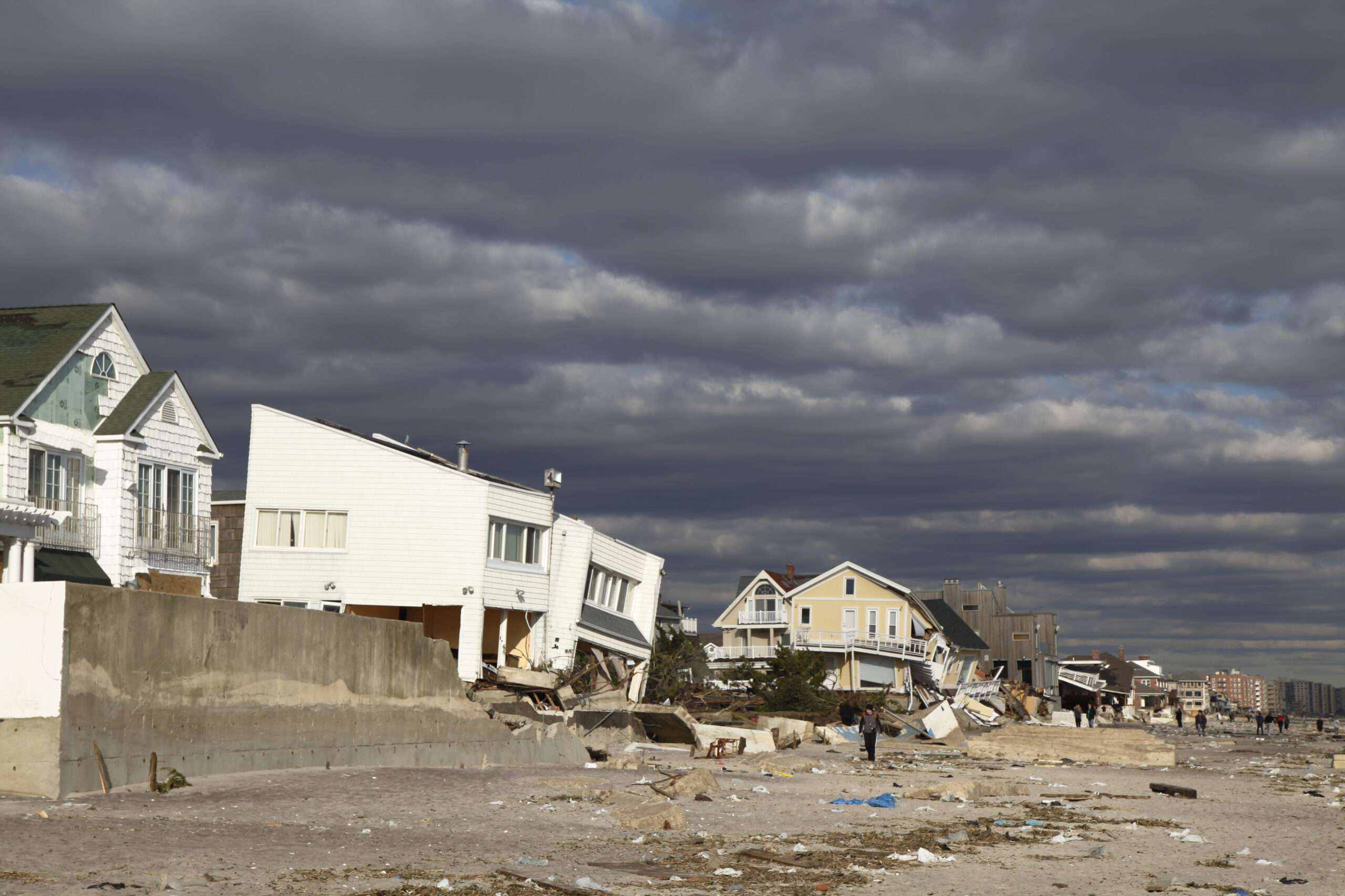“Record-breaking weather and climate disasters cost the U.S. billions in 2023, according to the National Oceanic and Atmospheric Administration (NOAA),” reported PBS earlier this year. “NOAA: U.S. experiences unprecedented number of billion-dollar weather and climate disasters in 2023,” observed Fox Weather. “U.S. sets record for high-cost disasters in 2023,” declared The New York Times.
These headlines were based on NOAA’s January press release announcing a historic year for costly disasters in the U.S. The report confirmed 28 weather and climate disasters in 2023, totaling at least $92.9 billion, surpassing the previous record of 22 in 2020.
In a new article in the journal npj Natural Hazards, Roger Pielke Jr., a political scientist and climate policy expert at the University of Colorado Boulder, questions the scientific integrity of NOAA’s annual climate and weather disaster reports.
Pielke clarifies, “The issue is not to deny the reality or significance of human-caused climate change—it is real and important. The question is whether NOAA’s billion-dollar disaster data provides evidence of detecting or attributing changes in extreme weather events in the U.S., as often claimed.”
For example, based on NOAA data, the Fifth National Climate Assessment (2023) states that weather-related disasters have increased due to the frequency and severity of extreme events, with some changes attributed to human-caused climate change. The White House referenced this data in 2023, emphasizing the escalating threat of climate change-related extreme weather events.
While NOAA acknowledges that rising disaster costs are influenced by population growth and increased material wealth, the agency suggests that human-caused climate change also plays a role. Pielke challenges this assertion, questioning NOAA’s methodology and transparency in calculating disaster costs.

Pielke highlights discrepancies in NOAA’s disaster cost calculations, particularly in inflating losses for specific events without transparent explanations. He suggests a better approach to tracking economic impacts of extreme weather events by examining losses as a percentage of GDP over time, revealing no increase from 1990 to 2019.

Pielke concludes, “Climate data, not economic data, is essential for detecting and attributing climate change impacts. Claims that NOAA’s billion-dollar disaster data indicates worsening weather or disasters may be misleading.”





